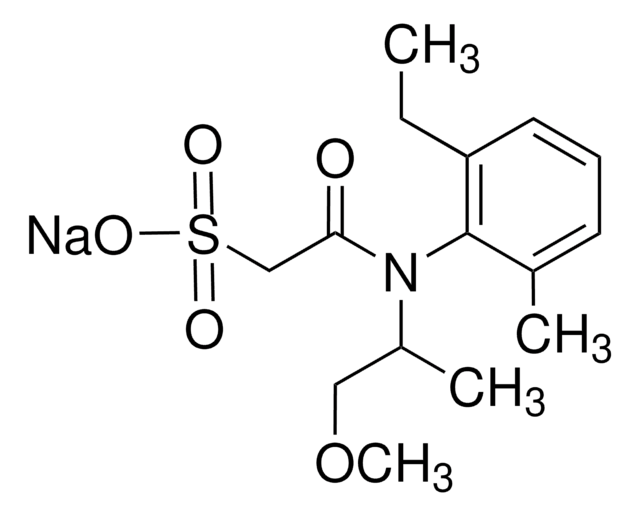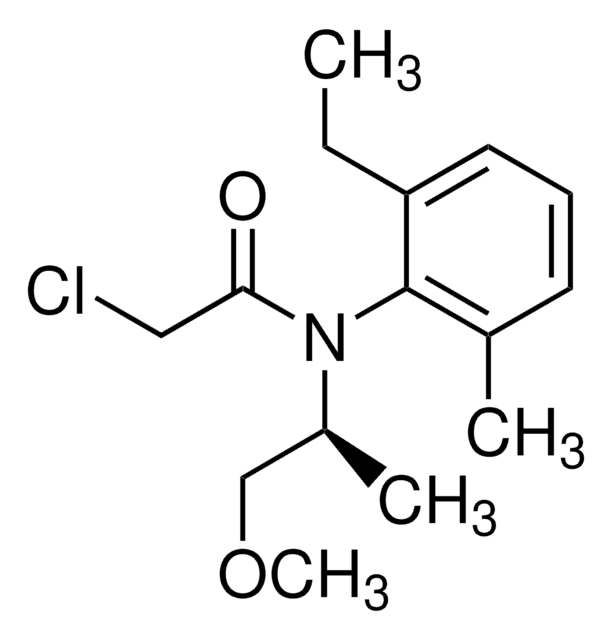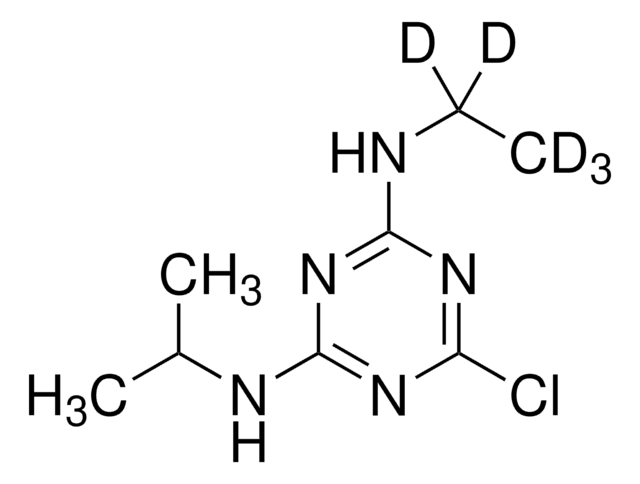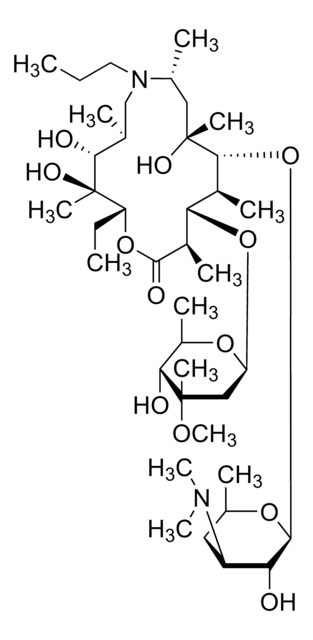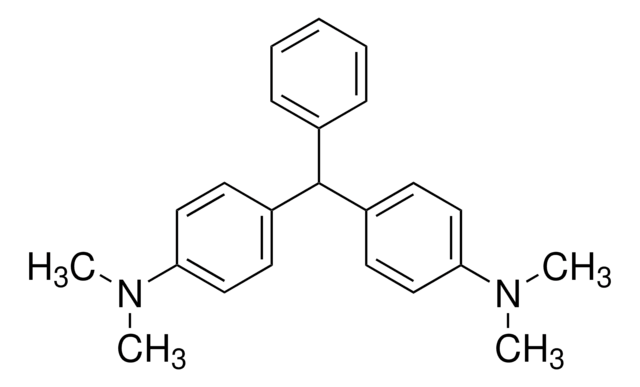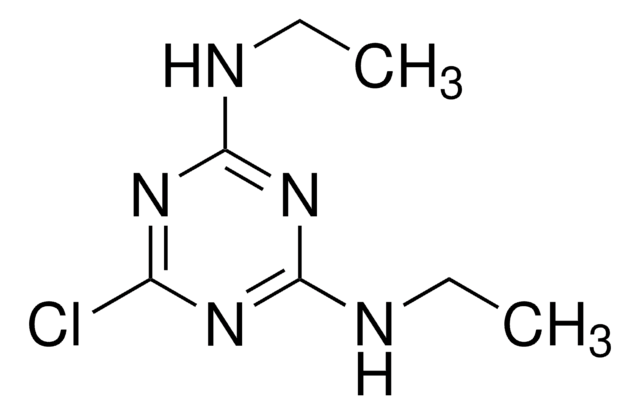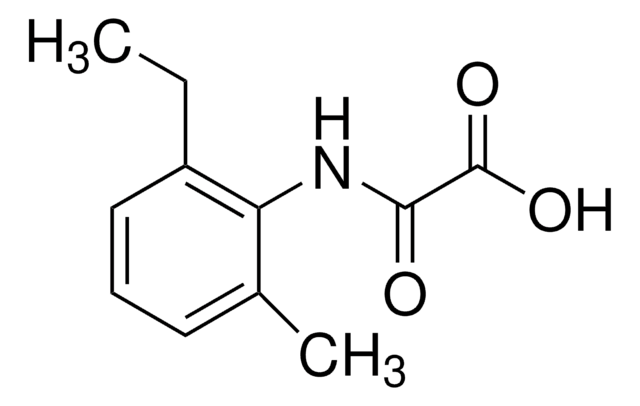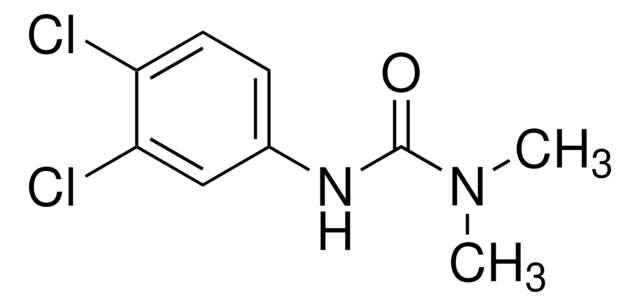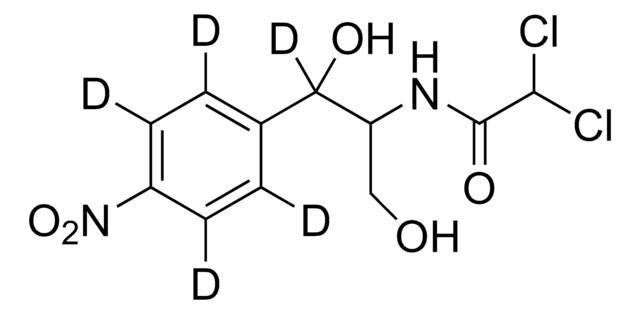34148
Metolachlor OA
PESTANAL®, analytical standard
동의어(들):
BSTFA, TMCS, N-(2-Ethyl-6-methylphenyl)-N-(2-methoxy-1-methylethyl)oxalamic acid, [(2-Ethyl-6-methylphenyl)(2-methoxy-1-methylethyl)amino]oxo-acetic acid
로그인조직 및 계약 가격 보기
모든 사진(2)
About This Item
실험식(Hill 표기법):
C15H21NO4
CAS Number:
Molecular Weight:
279.33
MDL number:
UNSPSC 코드:
41116107
PubChem Substance ID:
NACRES:
NA.24
추천 제품
Grade
analytical standard
Quality Level
제품 라인
PESTANAL®
유통기한
limited shelf life, expiry date on the label
반응 적합성
reagent type: derivatization reagent
reaction type: Silylations
기술
HPLC: suitable
gas chromatography (GC): suitable
응용 분야
agriculture
environmental
형식
neat
SMILES string
CCc1cccc(C)c1N(C(C)COC)C(=O)C(O)=O
InChI
1S/C15H21NO4/c1-5-12-8-6-7-10(2)13(12)16(11(3)9-20-4)14(17)15(18)19/h6-8,11H,5,9H2,1-4H3,(H,18,19)
InChI key
LNOOSYCKMKZOJB-UHFFFAOYSA-N
관련 카테고리
일반 설명
Metolachlor is used for the control of broadleaf weeds and annual grasses primarily in corn, soybean, and sorghum. Active compounds of metolachlor pesticide may be converted by the target insects or plants or may be degraded in the environment to form the corresponding oxanillic (OA) acids. Metolachlor OA is one of the metabolite of metolachlor.
애플리케이션
Metolachlor OA may be used as an analytical reference standard for the determination of the analyte in water by solid phase extraction and liquid chromatography/electrospray ionization tandem mass spectroscopy (LC/ESI MS/MS).
Refer to the product′s Certificate of Analysis for more information on a suitable instrument technique. Contact Technical Service for further support.
기타 정보
Reagent for trimethylsilyl (TMS).
추천 제품
Find a digital Reference Material for this product available on our online platform ChemisTwin® for NMR. You can use this digital equivalent on ChemisTwin® for your sample identity confirmation and compound quantification (with digital external standard). An NMR spectrum of this substance can be viewed and an online comparison against your sample can be performed with a few mouseclicks. Learn more here and start your free trial.
법적 정보
PESTANAL is a registered trademark of Merck KGaA, Darmstadt, Germany
Storage Class Code
11 - Combustible Solids
WGK
WGK 3
Flash Point (°F)
Not applicable
Flash Point (°C)
Not applicable
개인 보호 장비
Eyeshields, Gloves, type N95 (US)
Josef Velisek et al.
The Science of the total environment, 643, 1456-1463 (2018-09-08)
The metolachlor OA is a metabolite of herbicide metolachlor and s-metolachlor. The objective of the present study was to assess the effect metolachlor OA on early life stages of marbled crayfish (Procambarus virginalis). The early life stages of marbled crayfish
Alzbeta Stara et al.
Chemosphere, 224, 616-625 (2019-03-09)
Increasing production of energy crops in Europe, mainly maize and rapeseed, has altered patterns of pesticide use in recent decades. The long-term effects of S-metolachlor (S-M) and of its metabolite metolachlor OA (M-OA) at the environmentally relevant concentration of 4.2 μg L-1
Robert A Yokley et al.
Analytical chemistry, 74(15), 3754-3759 (2002-08-15)
A Good Laboratory Practices (GLP) validated, multiresidue analytical method is presented for the determination of the chloroacetanilide herbicides metolachlor, acetochlor, and alachlor, the chloroacetamide herbicide dimethenamid, and their respective ethanesulfonic (ESA) and oxanillic (OA) acid degradates in ground and surface
Hidenori Matsukami et al.
The Science of the total environment, 493, 672-681 (2014-07-06)
Chlorinated and non-halogenated organophosphorus flame retardants (OPFRs) including tris(2-chloroisopropyl) phosphate (TCIPP), diethylene glycol bis(di(2-chloroisopropyl) phosphate) (DEG-BDCIPP), triphenyl phosphate (TPHP), and bisphenol A bis(diphenyl phosphate) (BPA-BDPP) have been used increasingly as alternatives to polybrominated diphenyl ethers and other brominated flame retardants.
Mariusz Krupiński et al.
Journal of hazardous materials, 280, 678-684 (2014-09-16)
4-n-Nonylphenol (4-n-NP) is an environmental pollutant with endocrine-disrupting activities that is formed during the degradation of nonylphenol polyethoxylates, which are widely used as surfactants. Utilization of 4-n-NP by the filamentous fungus Aspergillus versicolor as the sole carbon and energy source
자사의 과학자팀은 생명 과학, 재료 과학, 화학 합성, 크로마토그래피, 분석 및 기타 많은 영역을 포함한 모든 과학 분야에 경험이 있습니다..
고객지원팀으로 연락바랍니다.